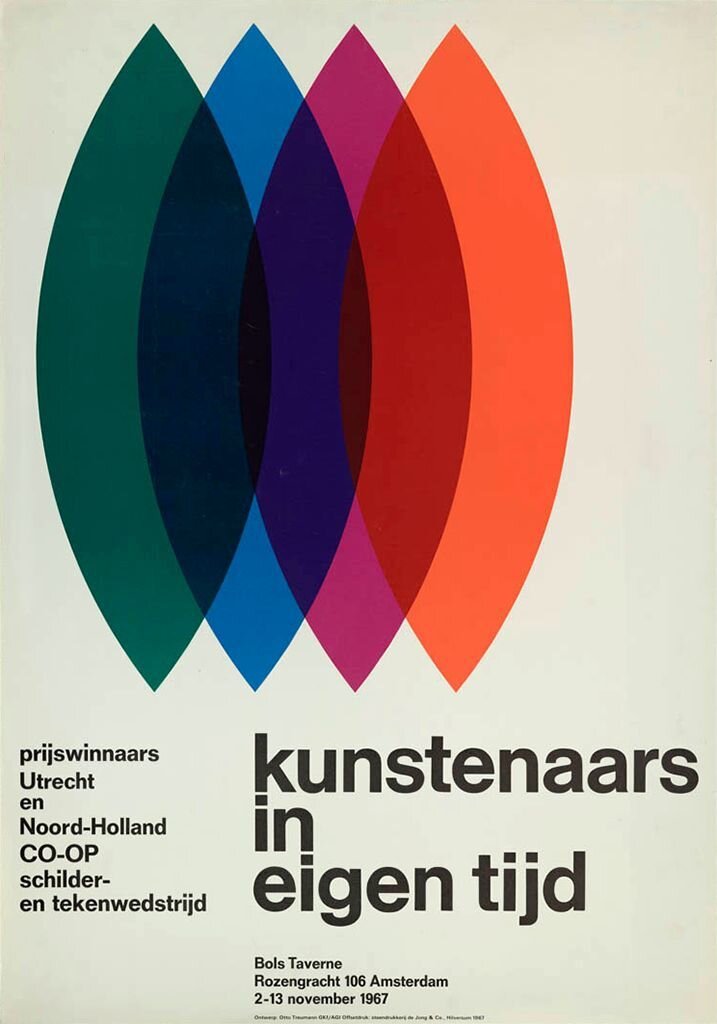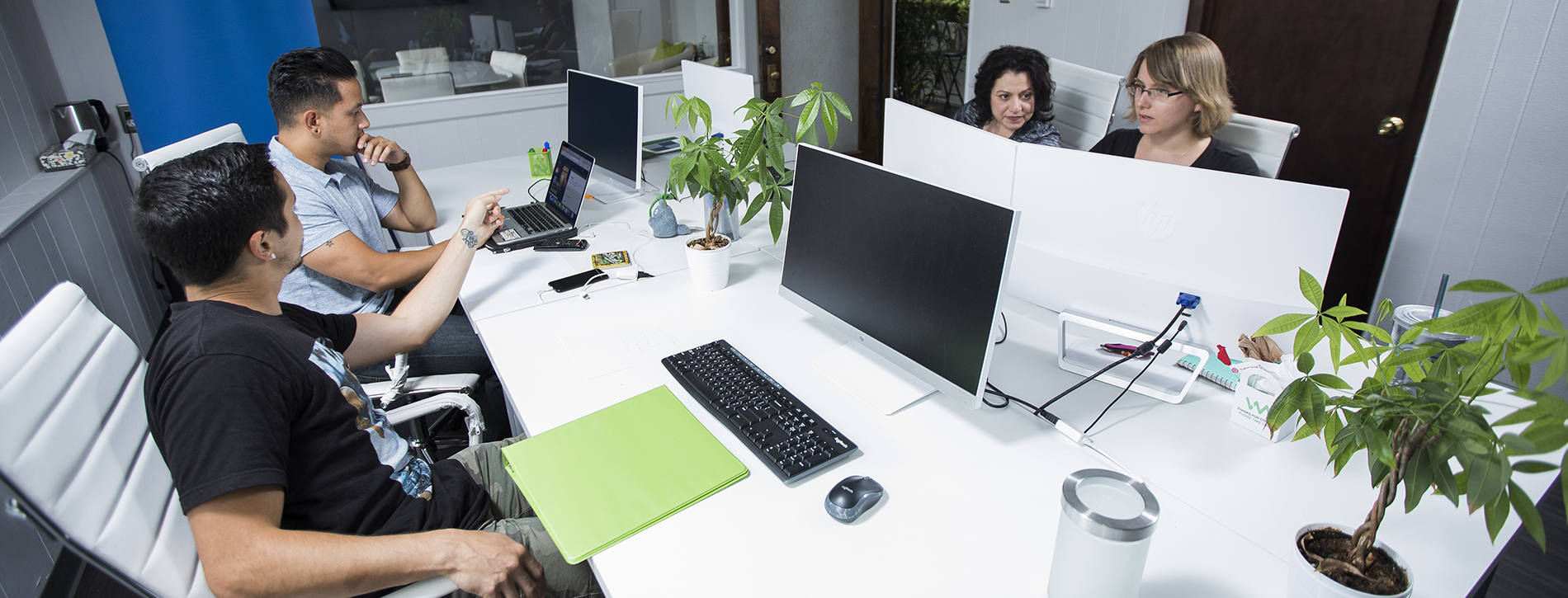Table Of Content
- Logo: Retro 60s Logo Design, Examples, and Inspiration
- Design through the Decades The 1950’s
- Five thought-provoking stories on AI in architecture and interior design
- Design through the Decades The 1960’s
- Retro Groovy Paper Backgrounds
- Fashion Icon: Audrey Hepburn
- How Can I Decorate My Front Door Entrance?

The theory that our homes reflect our societal progression stands true, shaping our living spaces for generations to come. When comparing an old house to a modern house, the distinctions are striking. Old houses often boast unique charm and historic allure, while modern houses offer contemporary amenities and sleek design. Additionally, the construction of modern houses focuses on sustainability, aiming to lower environmental harm through innovative design principles. By adopting these eco-friendly measures, modern houses strive to leave a smaller ecological footprint and pave the way for a more sustainable future. The upfront costs of modern homes can be substantially higher due to their advanced features and energy-efficient systems, while older houses may offer a more affordable initial purchase price.
Logo: Retro 60s Logo Design, Examples, and Inspiration

This collection includes 8 seamless patterns and 8 digital papers, all in assorted vintage colors and ultra-high resolution. Use this groovy pattern texture to add retro flair to packaging, make your own textiles, or add lots of peace, love, & color to a website. We spoke with Jeffrey Wilkes of WILKESDESIGN about the John Portman-designed building, which has been infused with touches of local culture and colour. This South American-inspired bar and diner in London is all kinds of delicious with a distinctly retro vibe, designed by Sella Concept. Quirky colour combos with a decidedly retro influence – Masquespacio’s new furniture collection with Houtique is everything you would expect from this inventive Spanish design studio. While the Mid-Century Modernism of 1960s design has since given way to Neomodern and other new trends, some classics never die.
Design through the Decades The 1950’s
Even the world’s biggest brands, such as Nike, Pepsi, and even the fashion powerhouse Gucci, have integrated retro designs into their marketing, packaging, and advertising campaigns. Needless to say, the retro design theme will unquestionably top the modern graphic design trends in 2024. People no longer decorated for the rest of their lives, but started following current fashions that designers gladly provided. The result was a real design boom, from which the Italian design manufacturers mostly benefited. Inspired by the possibilities of the new synthetics, Verner Panton created the Panton Chair, one of the most famous designs of the sixties.
Five thought-provoking stories on AI in architecture and interior design
It was a time of breaking free from traditional architectural styles and exploring new ways of design and construction. Architecture during this period was seen not just as a functional art form but also as a means of political and social expression. With a focus on questioning established concepts and reaching new heights, the 1960s saw the rise of daring and innovative projects. Music, art, and construction all significantly shaped the architectural style of the time, creating a cultural movement that emphasized creativity, individuality, and progress. The architecture of the 1960s was a reflection of the broader cultural and social changes of the era, representing a new way of thinking about the built environment. Optical Art was a term coined in 1964 by Time magazine to describe a form of abstract design that created illusions using positive and negative space.
Shelby Kass's Los Angeles Home Had Just One Previous Owner - Domino
Shelby Kass's Los Angeles Home Had Just One Previous Owner.
Posted: Sat, 11 Nov 2023 08:00:00 GMT [source]
This retro design couldn’t be more ’60s if it were drawn by The Beatles themselves. This collection includes 20 different seamless floral patterns, all in a funky orange and yellow color palette. Of course, you get the layered PSDs with your download, so you can easily change the colors to meet your needs. Here are five ideas articles addressing the anxieties and possibilities of the technology in design. This guide explains the whole process in 4 easy steps, with 10 designer-made templates to help you get started.
To attach a Halloween spider web to your house, start by ensuring the surface is clean and dry. Stretch the web evenly for a spooky effect, and consider using multiple webs at different angles. For making fake spider webs, you can use materials like White Stretch Spider Web, Tinsel Black Spider Decorations, or Rope Spider Web. These options give a realistic and spooky look to your Halloween decorations. Enhance your Halloween decorations with a touch of creepiness by crafting your own DIY Spider Egg Sacks at home.
Fashion Icon: Audrey Hepburn
As an artist, he aimed to bridge the gap between pop culture and the bourgeoisie. Part of his masterpieces includes the iconic Coca Cola bottles and Campbell’s soup cans. They’re still well-known and still studied to this day not only for their cultural significance but also for their incredible influence on graphic design. The 60s is known as the modern decade that experimented with bright colors, LSD-inspired psychedelia, and fluid patterns. Visual communication took a very different approach from the earthy tones that dominated the 50s, transitioning to vivid neons. While perceived through a modern lens, artists, companies, and audiences are embracing the retro graphic design style with open arms.

These bright, colorful geometric patterns are perfectly suited for packaging, fabrics, stationery, and more. They have a watercolor look that will give a handcrafted aesthetic to your project. This pattern just screams vintage 60s with a whisper of warm fall colors, too. The retro floral seamless design is perfect for home decor projects, packaging, stationery, and textiles. In 2008, LA-based street artist Shepard Fairey designed a now-iconic stencil portrait of presidential candidate Barack Obama. Teamed with the word “HOPE” in vintage-inspired sans-serif type, the style of the design has been widely copied (and parodied) ever since.
How Can I Decorate My Front Door Entrance?
This psychedelic style font is very similar to the fonts that would be used in the 1960s. Many designs from this decade drew inspiration from Art Nouveau and reinterpreted design with funky colors and shapes. Grunge Decade is a typeface that would be found on a 60s logo design or poster. This playful font is a style you would typically find in 1960s graphic design and American retro logos.
The psychedelic movement of the 1960s was not only observed in the prevailing music taste during that time but also in many aspects of popular culture like fashion, language, art, literature, and philosophy. Visuals during this time included Art Nouveau-inspired curvilinear shapes and illegible hand-drawn type letters. There were also intense optical color vibrations inspired by the pop art movement.
It features mid-century modern furniture, bold colors, and vintage accessories like pop art and statement lighting. Beloved and classic for a reason, the Eames Lounge Chair and Ottoman are icons of mid century modernist design. Inspired by the traditional English Club Chair, the Lounge and Ottoman were the Eames’ first foray into high end furniture design. First designed in the decade prior, it was 1960s design trends that helped propel this pair into iconic status. The sans serif font lacked clear straight lines and looked almost hand drawn.
Food packaging, celebrities, and cartoon strips were all potential subjects for pop artists, with the lines blurring between art and graphic design. The 1990s onwards represents the digital age, which has had a hugely transformative effect on graphic design and the design industry as a whole. Bazaar was in the new boutique style, a revolutionary new way to shop that differed from the traditional designer atelier and the department store.
While the solid, unemotional, functional design of the fifties was defined by the war years, the 60s looked forward to the future. Instead of 'no experimenting', the motto in the design world was now 'everything is possible'. This optimism was driven by technological progress, economic recovery and a young, well-paid generation that longed not only for emotional, but also visual sensuality. Imaginative forms, bright colours and new materials in interior design were in demand, as were alternative lifestyles, hallucinogenic substances and pop music. Essentially, going against the establishment and its traditional taste was paramount. People started to reject the structured tailoring of the fashion industry, and values such as stability and functionality no longer had a primary role to play.
The iconic Eames Lounge Chair, with its ergonomic design and luxurious appeal, exemplifies the essence of mid-century modern aesthetics. Each piece tells a story of simplicity, elegance, and a commitment to timeless appeal, making mid-century furniture a popular choice for those seeking a blend of innovation and classic design. Often incorporating the same pastels and tropical motifs, 80s Deco was also a popular design trend, often consisting of bright neon colors, drop shadows, clean sans-serif fonts and pronounced angles and curves. Movies, music, games, TV shows – there’s no denying that pop culture had a massive influence on 80s design trends. While always destined to make a comeback, we first saw the return of 80s pop culture in recent years with the creation of Netflix’s Stranger Things in 2017 – a show clearly inspired by 80’s pop culture.

No comments:
Post a Comment